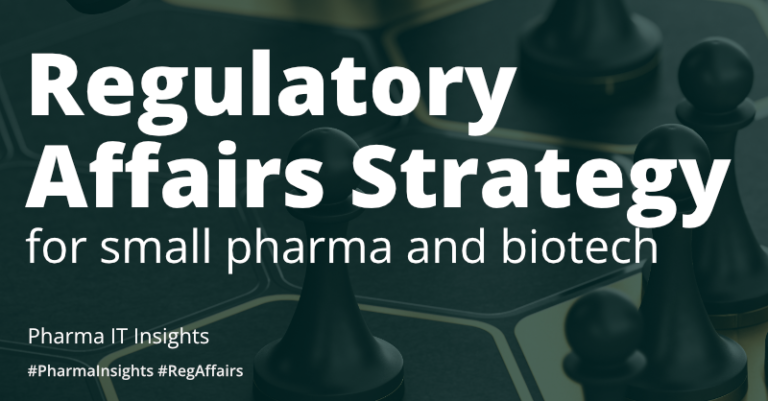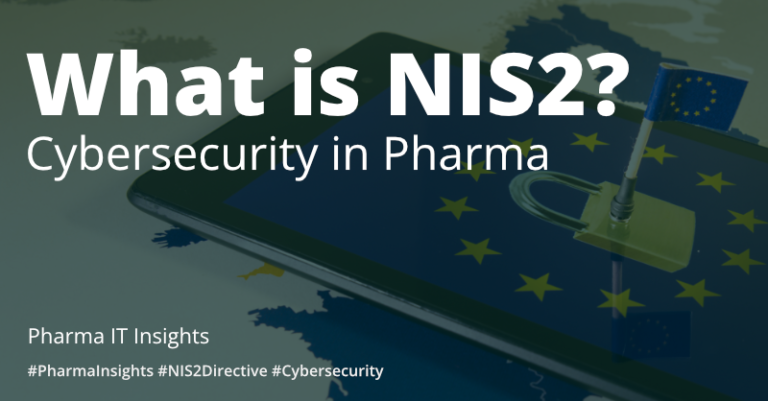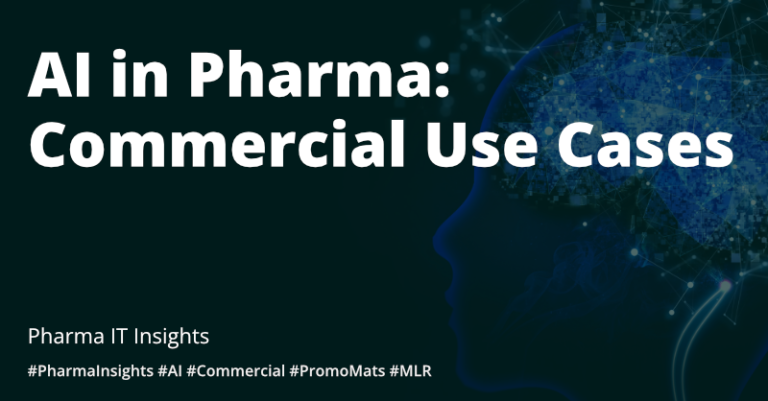Pharma IT Insights
CMC Insight: The Latest Update on WFI
and Sub-visible Particles
By Torben Elhauge
June 24, 2021
Pharma IT Insights
CMC Insight: The Latest Update on WFI
and Sub-visible Particles
By Torben Elhauge
June 24, 2021
Share on email
Share on linkedin
Share on twitter
Share on skype
Share on facebook
The regulatory environment surrounding the pharmaceutical industry is constantly evolving. In this insight, Pharma IT's Director of Chemistry, Manufacturing, and Control (CMC), Torben Elhauge, highlights two significant Pharmaeuropa developments you should be aware of.
One source for the latest regulatory developments in our industry is Pharmaeuropa, a free online EDQM publication that provides public inquiries on draft European texts or on matters of general policy, as well as the latest news on Pharmacopeial harmonisation and announcements of freshly adopted monographs. Insights into two notable developments regarding water for injection tests and sub-visible particles can be found below.
Water for Injection (WFI) Tests
A revised monograph on Water for Injection (WFI-0169) tests, mandatory during the production of sterile medicines, has reached the hearing phase in Pharmeuropa. The revised monograph notes that WFI tests for acidity or alkalinity, chlorides, nitrates, sulfates, ammonium, calcium, and magnesium would no longer be required. This is because it has been shown that if tests for conductivity comply, there is no need for further testing – as the sample would necessarily pass the original chemical tests. Tests for aluminium will be maintained for water used in dialysis.
The monograph also makes note of the possibility that this change could, in the future, be applied to the monograph on Purified Water (0008) – and is currently under consideration.
Particulate Contamination
The 2.9.19. PARTICULATE CONTAMINATION: SUB-VISIBLE PARTICLES text is currently under harmonisation. While the basics of the text will remain the same, changes of the details within the text will have a significant impact. The alternative test procedure (which allows the use of sample volumes of less than 5 mL depending on instrument capability/sample properties) – now harmonised – has become the only test procedure. The text therefore no longer stipulates that, for preparations with a volume of less than 25 mL, at least 10 units must be combined.
Further, the wording has been changed to state that a volume sufficient for a single test based on instrument capabilities and sample properties is to be used. A preference for testing single units has also been added.
Need Assistance with CMC?
Need Assistance with CMC?
So, what are the implications?
These implementations are great news for pharmaceutical companies. The first development means that a considerable amount of the testing on WFI can be skipped, making testing faster and less costly without compromising quality.
Further, the harmonization of PARTICULATE CONTAMINATION: SUB-VISIBLE PARTICLES means deductions in the amount of routine testing required – ultimately reducing the man hours and financial resources required to comply with regulations. This is because currently, firms are often required to test for the same parameter three different times to comply with slightly differing regulations put forth by the United States, Japan and the EU.
Once the public hearing for these updates ends on June 30th, 2021, they will be published in Ph. Eur.
About the author
Torben Elhauge is the Director of Chemistry, Manufacturing, and Control (CMC) at Pharma IT. He has over 20 years of experience in development and production within the pharma and biotech industries, including with the Danish Medicines Agency. Torben has experience within all parts of CMC including analytical development, stability, specifications, release of IMPs, tech transfer, assessment of registration files, writing Module 3 sections, process validation, laboratory management and registration to GMP release of products.


